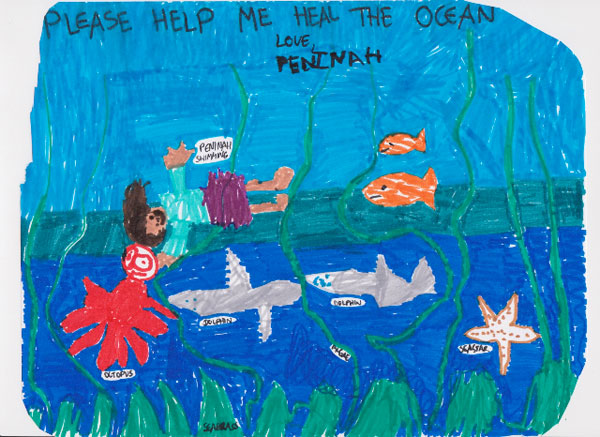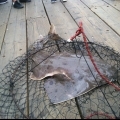You think you’re green. You tote around your own water bottle, remember your cloth grocery bags and pack your kids’ lunches in colorful, eco-friendly, reusable containers.
Then you attend your first PTA event and find yourself holding a Styrofoam cup of coffee in a room decorated in balloons in school colors. And when it’s over, all the cups are overflowing the trash can, heading to the landfill and God only knows where those balloons are headed. You realize you’ve only just begun to go green; you’ve got to convince your school to join you.
Don’t despair! Even for a Sustainability Award-winning school such as Mariposa School of Global Education in Agoura Hills, there remains room for improvement, says Amy Romeo, a parent who chairs the school’s “Green” committee.
“Our long-term goal is to make it effortless – so it’s so engrained at our school to everyone, from students to teachers and staff and parents so much that (being more sustainable) becomes simply second nature,” she says.
Ultimately, Amy hopes, her school’s eco efforts will inspire families to do more at home. For instance, she says: “If kids are composting at school, they may wonder why they don’t compost at home and encourage their parents to do it — that would be a measure of success for sure!”
Here are some tips we’ve gathered (with assistance from Amy) to help events at your school — or business, club, church or temple — become more sustainable:
- Find festive alternatives to balloon decorations. Colored paper lanterns are great at filling a cavernous room such as a hall or auditorium. Paper flowers, made of newspaper or tissue, are also easy to make (even for kids) and are great for filling in corners. Plus, the lanterns and flowers are reusable! Newspaper also makes a fine alternative to plastic tablecloths.
- Go reusable. Advertise the event as “sustainable” and encourage people to bring their own water bottles and coffee mugs. Set up a water bottle refill station with clear signage. Offer small paper cups for those who forget to bring their reusables. Consider selling your own water bottle with your school or organization’s logo on it.
- Wave farewell to waste. Clearly-labeled recycling and trash bins are a good start. Mariposa places recycling and composting bins in a central location for school events, staffed by volunteers. The school uses the compost on their own gardens, so students develop an understanding of the relationship between the products they use and their relationship with the earth. “A good way to think about it is: After I buy this, what will I do with it?” Amy advises. “If the answer is throw it in the trash, try to rethink your options!”
- Reinforce Your Eco Message. Assemblies and workshops — broken down by age group — can help forge connections. At Mariposa, Amy invited Heal the Bay staff to tie in what the kids were learning about going waste-free with a Beach Clean-a-Thon the school hosted as a fundraiser (for Mariposa and Heal the Bay). All students also attended education programs at our Santa Monica Pier Aquarium to help reinforce the message of how pollution affects our ocean. “By having Heal the Bay talk to students about the importance of this [clean-a-thon], it resonated with them and brought more meaning to why we bus every year to the beach to pick up trash,” Amy says.
To schedule a Heal the Bay speaker at your school or organization, contact Melissa Aguayo at 310-451-1500, x146 To schedule a field trip to the Santa Monica Pier Aquarium, call 310-393-6149, x105.

Drawing by Mariposa student Peninah Barasch.



